Jack in the Box, a fast-food staple known for its late-night tacos and quirky ads, is preparing to shutter a significant number of restaurants across the United States. The 74-year-old chain has announced plans to close anywhere from 150 to 200 locations in an effort to cut costs and tackle debt. With roughly 2,200 Jack in the Box restaurants in 22 states today, these closures could impact thousands of loyal customers. Why is this iconic burger-and-taco joint downsizing, and what could it mean for your favorite drive-thru? Here are the key things to know in an MSN-style slideshow of the unfolding story:
Big Cuts Are Coming for the Beloved Chain
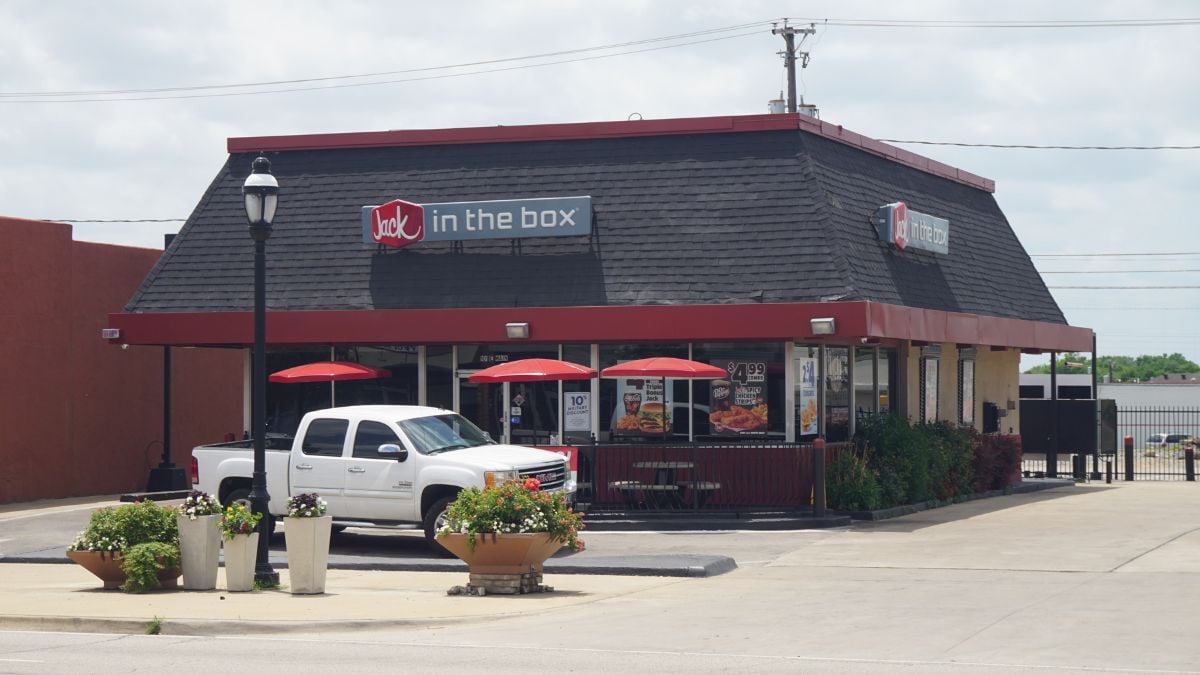
Jack in the Box has confirmed it will close over 150 underperforming restaurants as part of a “block closure program” to improve its finances. The closures will roll out over the next couple of years, with 80 to 120 locations shutting by the end of 2025 and the rest following by 2026. Many of the targeted outlets are older units (often 30+ years old) that have been part of the chain’s legacy footprint. The company hasn’t released a public list of which locations will close yet, leaving some fans to wonder if their local Jack is on the chopping block.
New CEO’s ‘JACK on Track’ Turnaround Plan
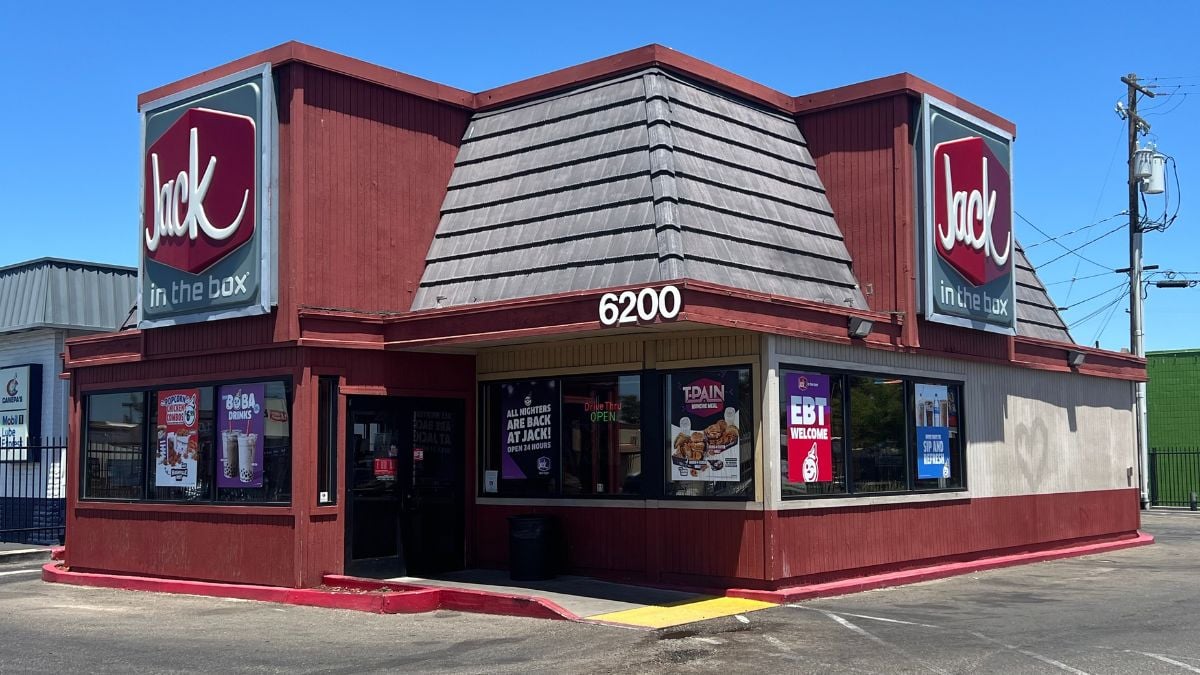
In March 2025, Jack in the Box got a new CEO, Lance Tucker, who wasted no time in plotting a turnaround. Tucker introduced a strategy dubbed “JACK on Track” aimed at getting the company’s finances in order. This plan focuses on three basics: strengthening the balance sheet, closing underperforming stores, and simplifying operations. In other words, Jack in the Box is refocusing on what it does best (think burgers, tacos, and fries) and trimming the fat elsewhere. The leadership hopes that by returning to fundamentals and shedding weak locations, the brand can stop the bleeding and set the stage for future growth.
Which Locations Are Likely to Close?
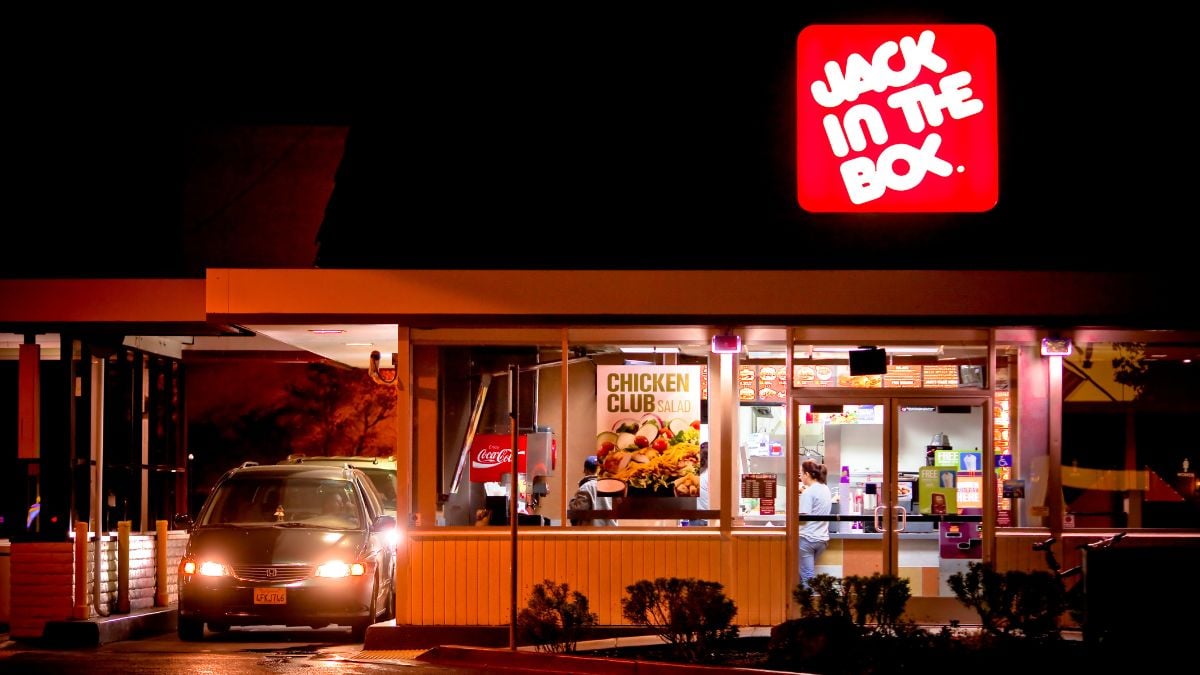
Not every Jack in the Box is at risk—the closures will mostly hit long-running, underperforming outlets. Many of the restaurants slated for shutdown are in legacy markets like California and Texas where the chain has operated for decades. Common factors that put a location on the endangered list include outdated décor, low customer traffic, or stores that haven’t been upgraded in a long time. In fact, Jack in the Box said a majority of the stores being closed have been open for over 30 years. If a restaurant looks stuck in the past and isn’t pulling in crowds like it used to, chances are it could be a candidate for closure under this plan.
Why Now? Blame Debt and Slowing Sales
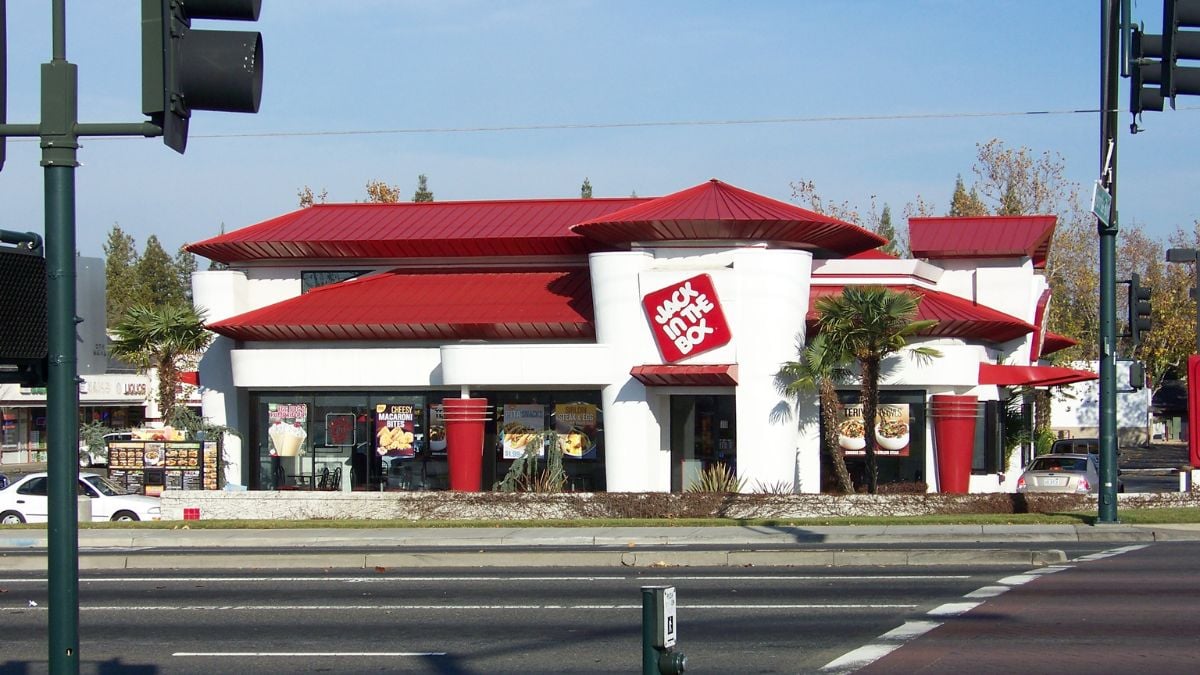
It’s no secret that Jack in the Box has hit some financial bumps. The company is carrying a heavy debt load and has seen sales stagnate or decline in recent quarters. Same-store sales dropped about 4.4% for Jack in the Box in the latest quarter, with sister brand Del Taco also seeing a 3.6% decline. With costs rising (ingredients, labor, you name it) and diners being more cautious with spending, some locations just aren’t profitable anymore. CEO Lance Tucker even stated the company aims to pay off $300 million in debt within two years, and closing weak restaurants is a necessary step to reach that goal. By cutting loose the stores that are dragging down profits, Jack in the Box hopes to free up cash and survive the tough times.
Del Taco Might Be on the Chopping Block, Too
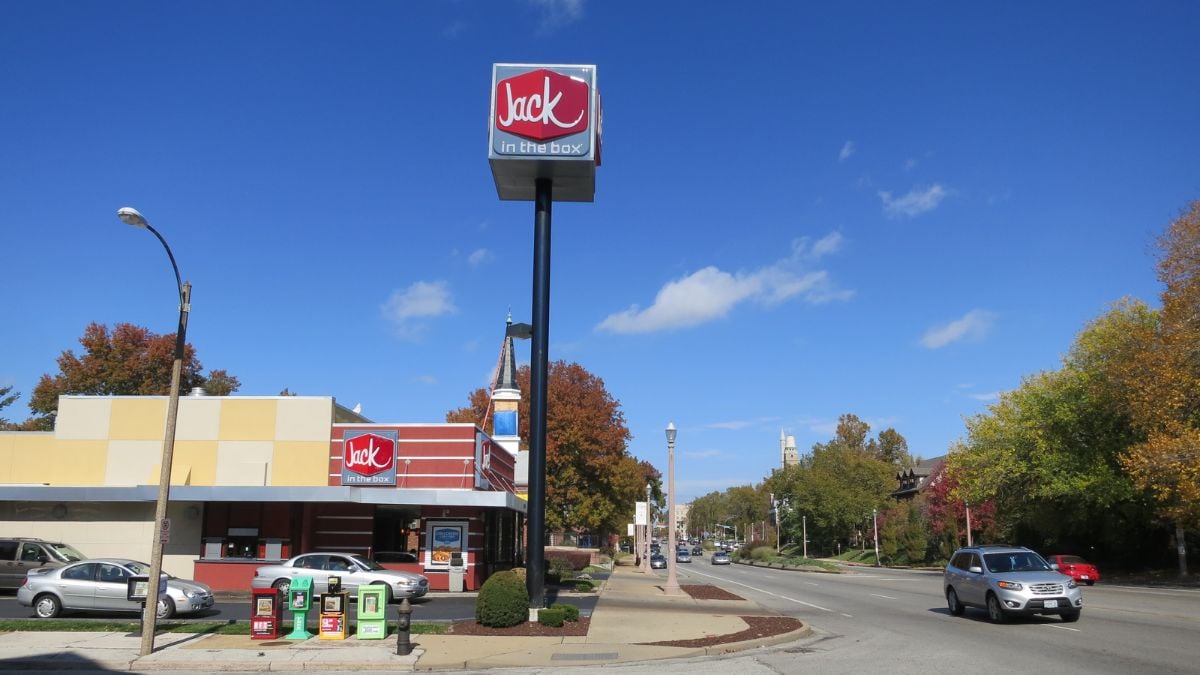
It’s not just Jack in the Box restaurants facing an uncertain future—the company is also exploring a sale of its Del Taco brand. Jack in the Box acquired Del Taco (a Mexican-American fast-food chain with around 600 locations) in 2022, but less than three years later management is mulling whether to divest it. By potentially selling Del Taco, Jack in the Box could raise funds to pay down debt and refocus on its core business. For Del Taco fans, this could mean a new owner or strategy for that chain; for Jack in the Box, it’s about tightening the belt and concentrating on burgers and fries rather than tacos and burritos.
Franchise Owners and Employees Face Uncertainty
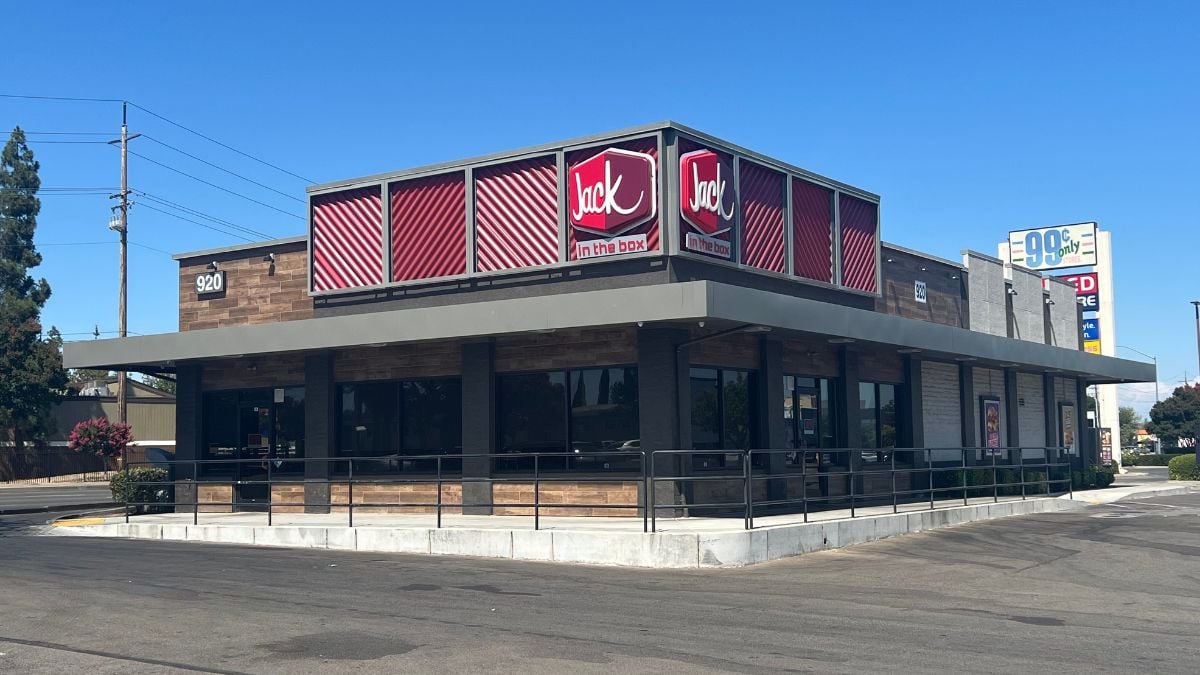
The closure plan will affect both company-owned and franchised outlets. Franchise operators with underperforming stores may find their locations shut once their franchise agreements expire in the next couple of years. This means some longtime franchisees could be forced to exit the system if their sales numbers don’t justify staying open. Employees at affected Jack in the Box restaurants are also bracing for tough news – a wave of closures invariably means job losses and transfers, especially in areas with multiple outlets. The company has indicated it will follow required procedures (like advance notice of layoffs) as it winds down these stores. It’s a challenging time for the Jack in the Box family, from the front-line crews to the franchise owners who run many of the restaurants.
How Are Customers Taking the News?
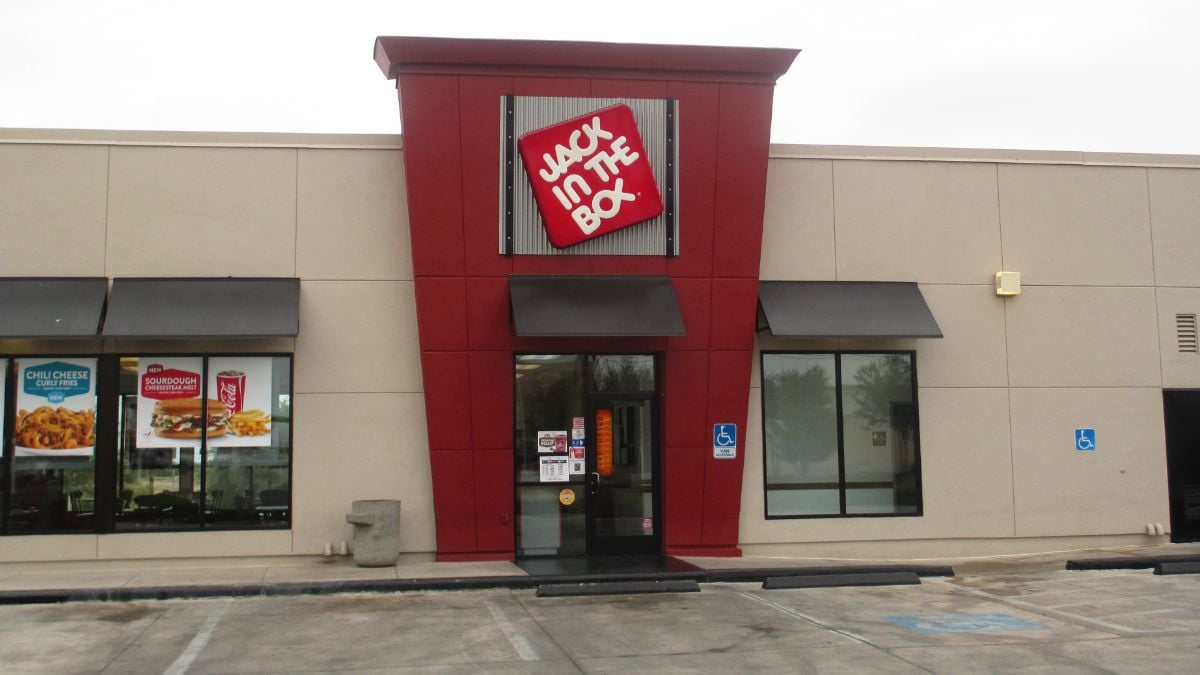
Reactions from Jack in the Box fans have been mixed, to say the least. Some long-time customers are saddened or shocked. On Reddit, one San Diego local lamented, “Crazy because the first [Jack in the Box] ever was in La Mesa… Oh no, it’s my go-to fast food place”. Jack in the Box was founded in San Diego in 1951, so West Coast devotees especially feel the loss. Others, however, aren’t entirely surprised. Rising menu prices and declining service quality have been a common gripe; as one frustrated fan put it, “all fast food is going to go bankrupt. Prices [are] too high and foot traffic is way down, it’s catch 22”. In short, while loyalists reminisce about late-night taco runs, many observers see these closures as an inevitable correction for a chain that’s struggled to keep up with the times.
Is Your Local Jack in the Box at Risk?
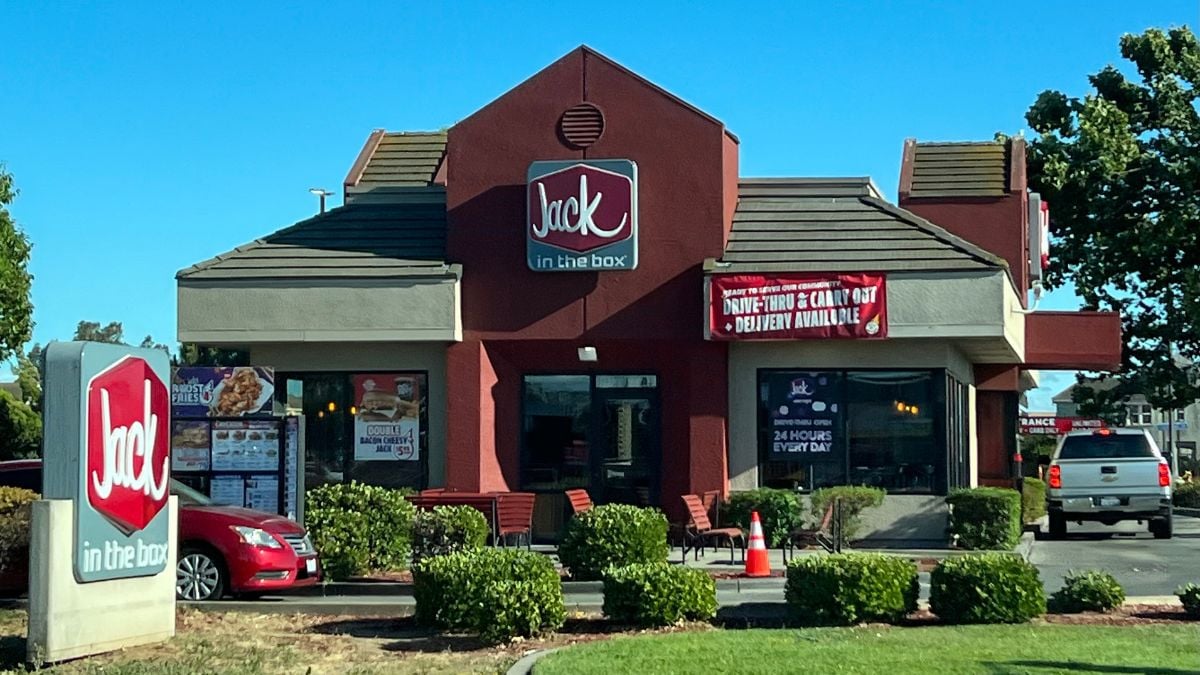
Nobody wants to find their neighborhood Jack in the Box boarded up. How can you tell if your local store might be on the hit list? Watch for warning signs: locations that have recently cut back hours, have chronically empty parking lots, or look a bit shabby and outdated could be in trouble. Stores that haven’t gotten the new menu boards or the latest decor that other nearby Jacks have might be candidates for closure. Of course, until Jack in the Box releases an official closure list, it’s mostly speculation. But if you notice your go-to Jack in the Box suddenly closing early or not keeping up with renovations, it might be a good time to grab one last Ultimate Cheeseburger—just in case.
A Sign of the Fast-Food Times
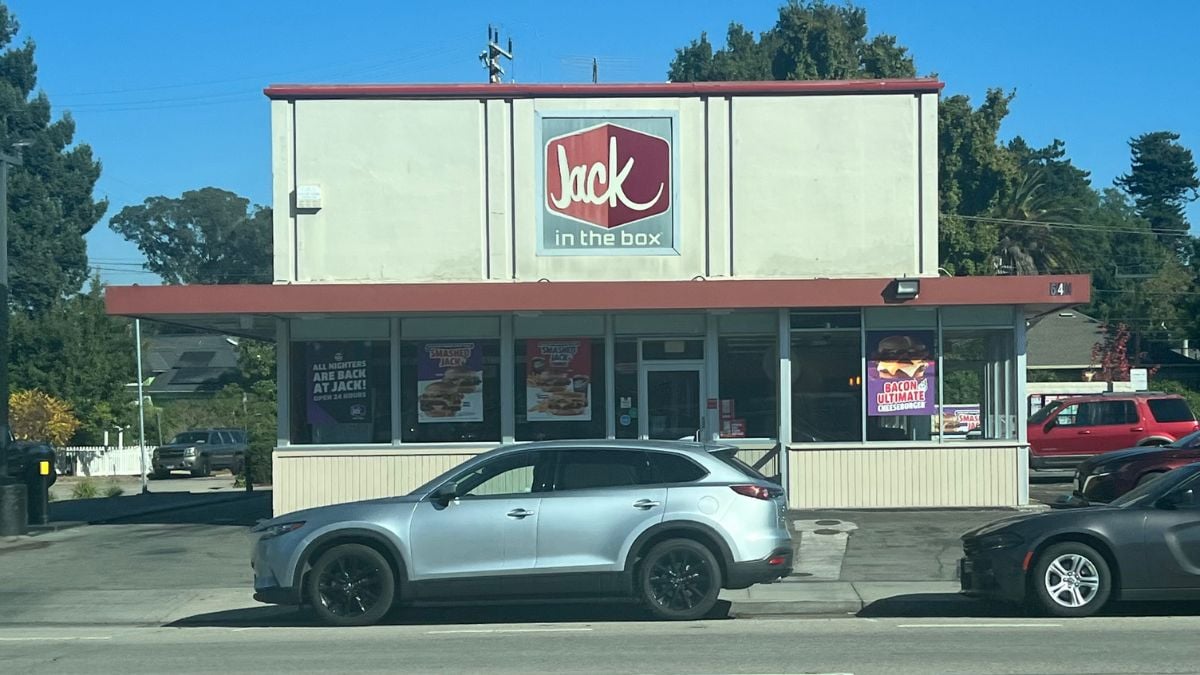
The downsizing of Jack in the Box reflects a broader shake-up in the fast-food industry. Legacy chains across the board are streamlining and reinventing themselves for 2025 and beyond. Brands like Shake Shack, Red Lobster, and others have also closed stores recently amid higher costs and shifting consumer habits. Fast-food companies are investing more in technology (mobile apps, self-order kiosks, AI-driven drive-thrus) and focusing on profitability over sheer store count. If a location isn’t pulling its weight or would be too costly to modernize, it might get the axe. So while it’s startling to see an iconic chain like Jack in the Box shrink, it’s part of a larger trend of restaurants adapting to an era of higher wages, expensive real estate, and more competition for the dining dollar.
Not All Doom and Gloom – Jack Is Still Growing (In Some Places)
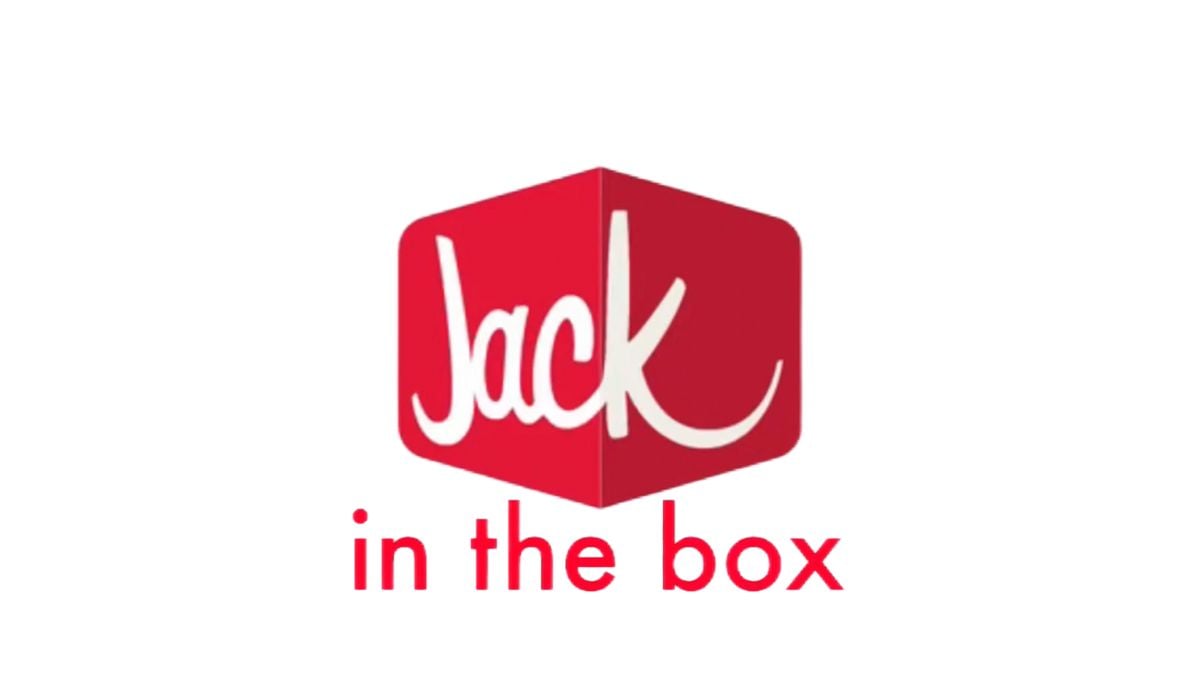
Despite the belt-tightening, Jack in the Box isn’t throwing in the towel. In fact, the company insists that after the closures, it will be positioned for **“consistent, positive net unit growth” moving forward. Jack in the Box has been eyeing expansion into new territories – it recently opened restaurants in states like Michigan, Indiana, Georgia, and Florida, where the brand is fresh to customers. There are also franchise deals in the pipeline for areas that have never had a Jack in the Box before, representing “tremendous whitespace opportunities” according to the company. In short, the plan to prune 150+ older stores goes hand-in-hand with planting the seeds for future locations elsewhere. The bottom line: Jack in the Box hopes a leaner, financially healthier operation now will lead to a comeback story, so you might lose a nearby location next year but gain a new one in a different city soon after.

